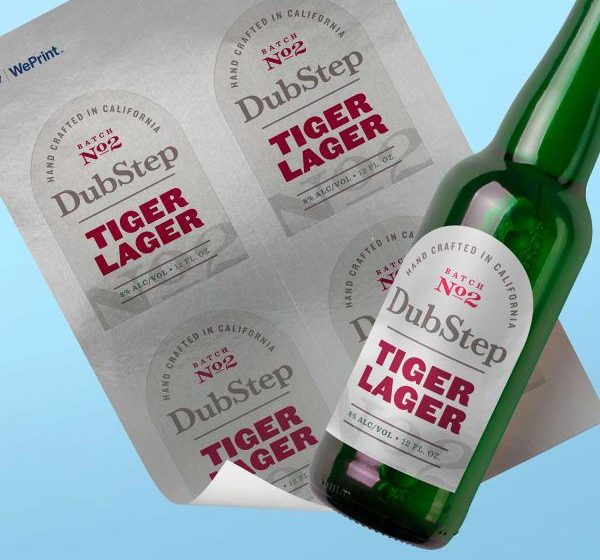The Art and Importance of Beer Labels: A Closer Look

Beer labels play a crucial role in the craft beer industry, serving as the first point of interaction between consumers and a brand. With thousands of breweries around the world, the competition is fierce, and a well-designed beer label can make all the difference in attracting customers and creating a lasting impression. In this blog, we will explore the various elements that make up effective beer labels, their significance, and how they contribute to branding and consumer choice.
The Elements of Beer Labels
1. Brand Identity
The beer label is a representation of the brewery’s brand identity. It reflects the values, style, and philosophy of the brewery. Elements such as logo, colors, and typography are chosen carefully to resonate with the target audience. A strong brand identity can foster loyalty and recognition among consumers.
2. Design and Artwork
Visual appeal is key in the design of beer labels. Creative artwork can capture the essence of the beer and the brewery. Many breweries collaborate with artists to produce unique and eye-catching designs that tell a story or evoke specific emotions. The right imagery can entice consumers and differentiate a product on the shelf.
3. Informative Content
Beyond aesthetics, beer labels must provide essential information to consumers. This includes the beer’s name, style, alcohol by volume (ABV), and any unique ingredients or brewing techniques. Clear and concise information helps consumers make informed choices while shopping.
4. Regulatory Requirements
Beer labels are also subject to regulatory guidelines. In many countries, specific information must be included to comply with local laws. This may involve health warnings, origin details, and product contents. Understanding these regulations is vital for breweries to avoid legal issues.
The Impact of Beer Labels on Consumer Choice
1. First Impressions Matter
A well-crafted beer label can create a strong first impression, which is crucial in influencing consumer behavior. Studies show that consumers often make purchase decisions within seconds based on the visual appeal of packaging. An attractive label can draw in potential customers and encourage them to try a new brew.
2. Building Brand Loyalty
When consumers find a beer they enjoy, the label becomes associated with that positive experience. Over time, this association can lead to brand loyalty. A memorable beer label that resonates with consumers can encourage repeat purchases and foster a loyal customer base.
3. Exploring New Flavors
Creative and descriptive labels can spark curiosity, prompting consumers to try new flavors and styles. When breweries emphasize unique ingredients or brewing methods on their beer labels, they invite adventurous drinkers to explore beyond their usual preferences.
The Future of Beer Labels
As the craft beer market continues to grow, the importance of beer labels will only increase. With technological advancements, breweries can experiment with new materials and printing techniques to create innovative labels. Sustainability is also becoming a priority, leading to eco-friendly packaging solutions that appeal to environmentally-conscious consumers.
Conclusion
In conclusion, beer labels are more than just decorative elements; they serve as a vital component of branding and marketing in the competitive craft beer industry. By focusing on design, informative content, and regulatory compliance, breweries can create labels that not only attract attention but also foster consumer loyalty. As trends evolve, the art of beer labeling will continue to play an essential role in shaping the consumer experience and the future of the brewing industry.
FAQs
1. What are the essential elements of a beer label?
A beer label should include the brand name, beer style, ABV, ingredients, and eye-catching design elements.
2. Why are beer labels important for branding?
Beer labels create brand identity and recognition, helping consumers associate the label with specific qualities or experiences.
3. How can a well-designed beer label influence consumer choice?
An attractive and informative label can capture attention quickly, influencing a consumer’s decision to try a new product.
4. What regulations do breweries need to consider for beer labels?
Breweries must comply with local laws that may require specific information such as health warnings and ingredient lists.
5. How is technology impacting beer labels?
Advancements in printing and materials are allowing breweries to create innovative and sustainable packaging solutions that enhance their brand image.




